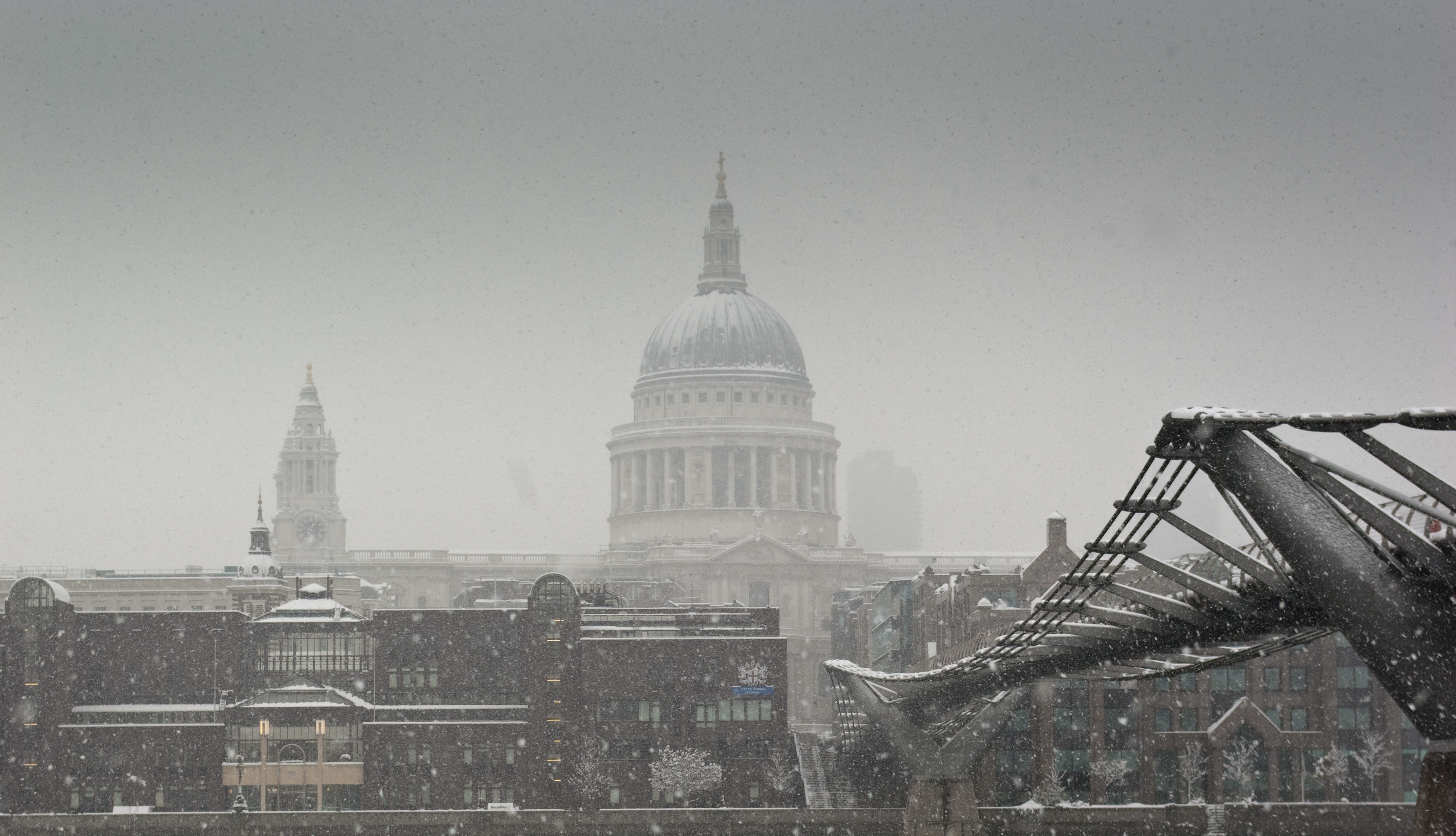Household Bills
Beast from the East II? Protect your home just in case

Amid predictions that the UK will be hit with “prolific” wintry showers on Tuesday, homeowners are being warned to prepare for the cold weather.
The BBC said that a powerful weather system, with snow, sleet, thunder and lightning is likely to create treacherous conditions across Northern Ireland, Wales, and northern England. Forecasters say it could be another ‘Beast from the East’, almost exactly one year on from last’s years tough weather conditions.
As the temperature drops, households need to protect themselves. Halifax Home insurance said it saw a 169% increase in storm claims compared to January 2017. It received 1,258 claims for storm damage in January 2018 versus just 467 in January 2017. The same period also saw a 59% increase in claims for damage caused by ‘impact’ – from a vehicle, animal or falling tree – with 135 claims in 2018 versus 85 in 2017.
David Rochester, head of underwriting at Halifax Home Insurance, said: “Many homeowners were severely impacted last year by the extreme cold weather and snow. Even though we haven’t yet seen a proper cold snap in 2019, the weather can change at short notice, and preparation is key.
“Homes are more susceptible to frozen pipes during the colder weather. Keeping your heating on for a few extra hours overnight is an easy way to prevent this. If it saves thousands of pounds in the event of a pipe freeze, that’s a price worth paying.”
The group offers the following tips:
1. Set your thermostat to a minimum temperature around 12°C, even overnight – the heating costs are justified if it avoids a costly pipe freeze. Many thermostats have a winter option that routinely heats the system to keep pipes at the right temperature.
2. Disconnect and drain all hosepipes, sprinkler systems and water features that are connected to external water outlets.
3. Insulate exposed pipes in basements, attics, garages, kitchen cabinets and on the outside of the house. Use UL-listed heat tape, or foam rubber insulation where pipes are exposed to cold moving air.
4. Make sure you know where your stopcock is so that you can turn it off quickly in an emergency and can prevent a potential flood. The stopcock is the valve that controls the cold water system in your home. Stopcocks are usually found in the kitchen, below the sink unit.
5. Be sure to have your home insurance details to hand in case the worst happens. They can put you in touch with a reputable plumber.